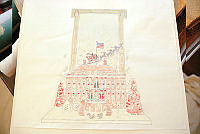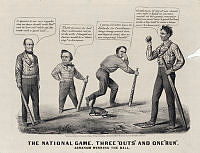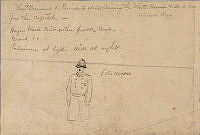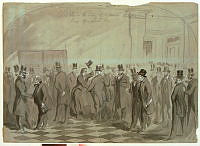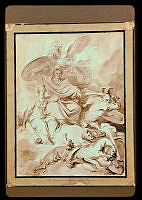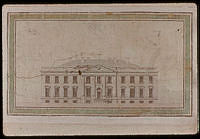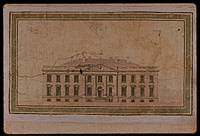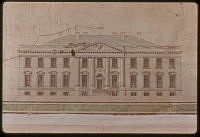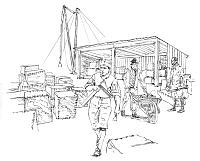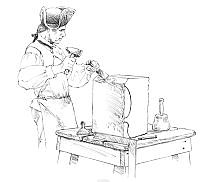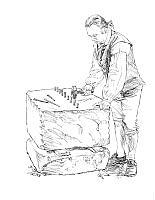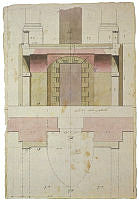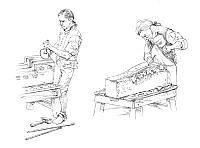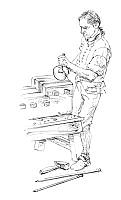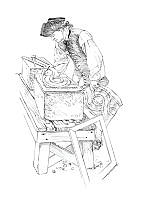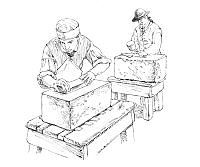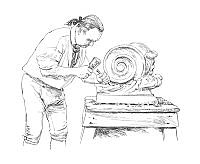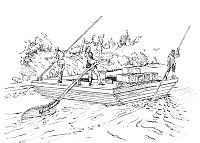The Outgoing and Incoming Presidents Leaving the White House, at 10:30 AM, for the Capitol (back), White House Collection
This image is the back of the pencil sketch by Albert Berghaus depicting Inauguration Day 1877. Berghaus was a Reconstruction-era American illustrator who worked for Frank Leslie's Weekly. Berghaus' original works are extremely rare and few are in private collections. The back side of the sketch contains an inscription explaining the contents of the scene as well as a separate sketch of a police officer matching the front, where a line of police officers stands next to the open carriage. See image 8771 for the front side of the sketch.
